The Witches of Mull, and other spine-chilling stories from an island full of myth and magic
Now a thriving tourist spot, the Isle of Mull was once a perilous place to survive — particularly if you stumbled upon its multitude of myths and magic, believes Helen Fields.
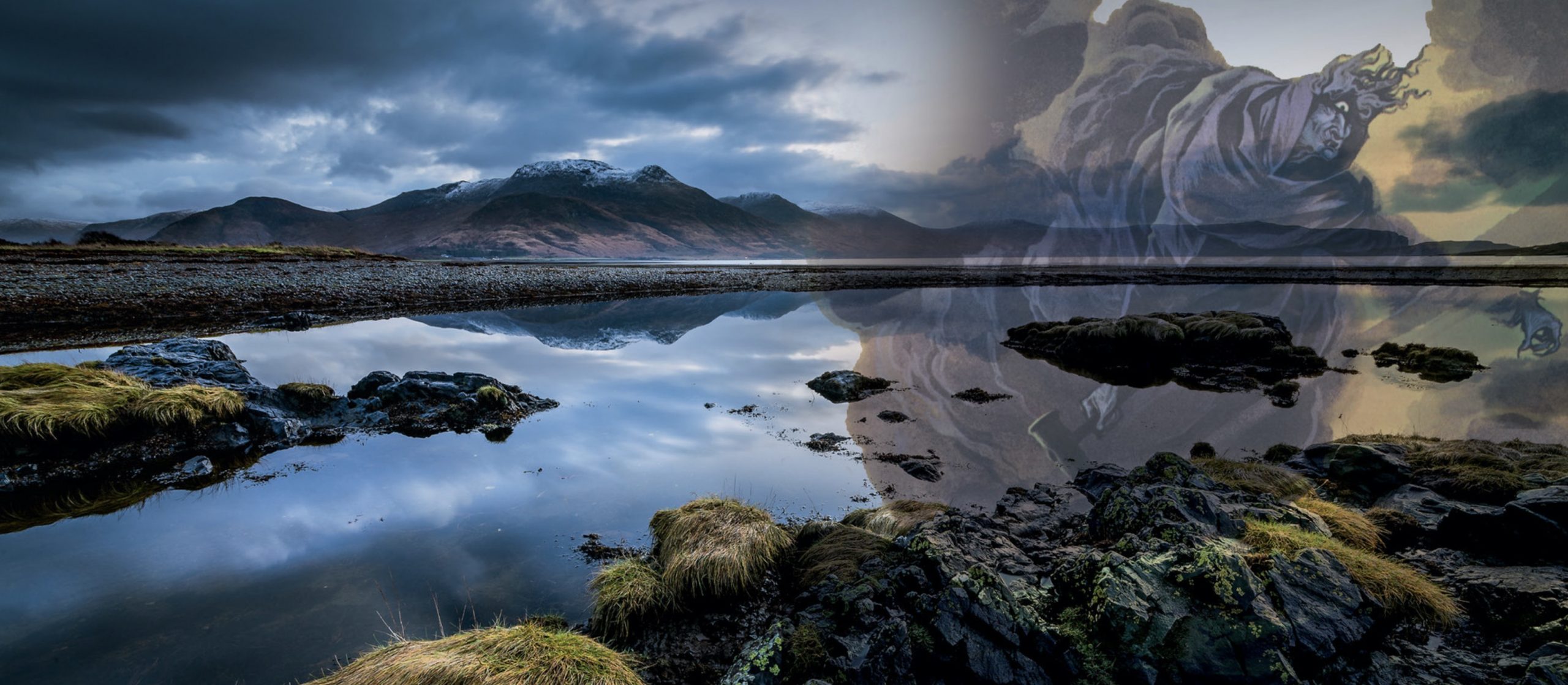
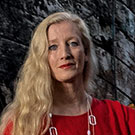
The Isle of Mull, an outrageously green patch of land in Scotland’s Inner Hebrides, thrives today on a diet of tourism, fishing and farming. Go back a century or five and the picture was much the same, save for the tourists taking the form of rampaging clans hungry for power and resources. It was a perilous place to survive, yet Mull has been inhabited for more than 10,000 years. Little wonder that those hardy folk who braved the tides to fish and climbed the cliffs for bird eggs found solace in myth and legend. Even today, as you hike through the glens and sit a while beside the lochs there, you’ll find it’s easier to believe in witches and wee folk in Scotland than perhaps anywhere else in the world. You wouldn’t expect any less from a country with the unicorn as its national animal.
Mull’s witches, however, were a breed apart. It’s said that not merely one witch or two made the island her home, but a whole race of them. These weren’t hidden figures in ramshackle cabins scaring the children, feared and avoided — these women were important. Powerful, in their own way, respected by local people and consulted by the clan chiefs.
So it was that the Mull witch known as the Dòideag was called upon when a galleon from the Spanish Armada sailed into Tobermory harbour in 1588. Among the sailors and soldiers on board was a Spanish princess who had dreamed of the island and of finding a man there whom she would love with all her heart. She spotted the man as he neared the shore and history might have taken a very different turn had that man not been married. As it was, his wife was none too happy about the princess’s attempts to woo her husband and she approached the witch for a solution.
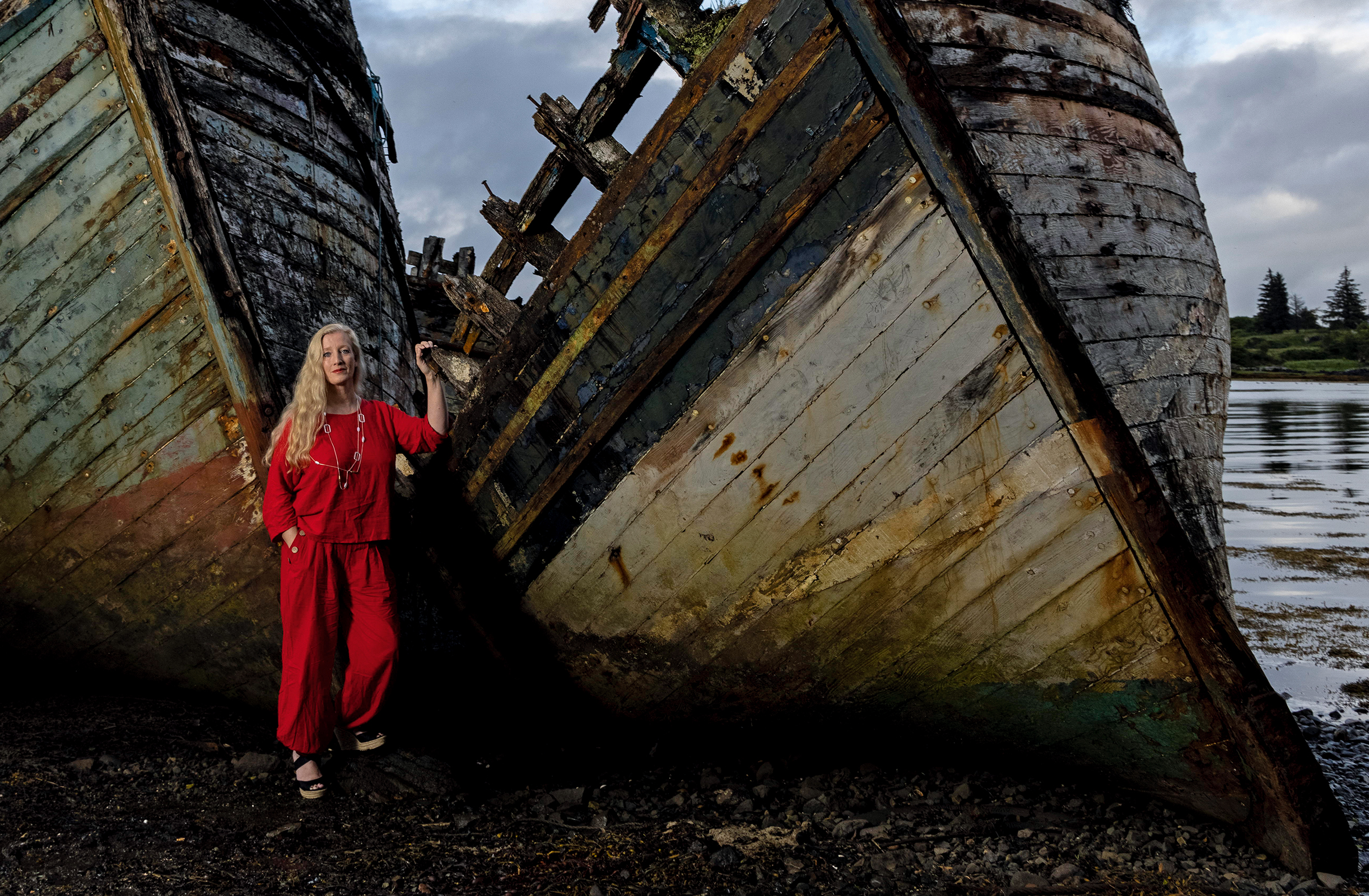
The Dòideag (meaning ‘little frizzle’ — apparently women were known for their hair even that long ago) stepped in and, using her mighty magic, she set the ship ablaze. It sank in Tobermory harbour, every soul lost, and there it lies to this day, defying all attempts to raise the wreck and plunder her treasures.
The physical seat of power at that time was Duart Castle. It stands today, rebuilt and sitting gloriously proud on the south-eastern tip of the island, appearing as one with the craggy rocks beneath it. Home to the Clan Maclean, Duart saw its share of conflict, both on the grand scale and the petty, but the Macleans seem always to have been hungry for power — often to their detriment.
The son of one such clan chief, Ewen, unhappy with his lot in life, challenged his father to a duel. Each brought their men at sunrise for the fight and, as the battle began, Ewen was mortally injured by a swordsman, leaving his terrified horse to ride away with his dead master still in the saddle. The poor animal reached Glen More before stopping, his rider headless. Ewen was buried where the horse stood still until his body could be properly interred, but visit Glen More now and you might well hear the sound of hooves approaching, only to find there’s no one in sight.

Visit Pennygown Chapel, to the east of the village of Salen, and you’ll find walls with no roof. Unsurprising given the age of the place, but it’s said the chapel was never properly finished and that no sooner was work done on it than it would tumble down once more. Perhaps this was thanks to the fairies who inhabited the cemetery, happy to do small kindnesses for those who were in need, but angered when taken advantage of. One day, a fisherman too lazy to craft his own mast simply left the wood in the cemetery for the fairies to take care of. Outraged, they left and never came back. Meanwhile, just beyond the old cemetery boundaries lie two ornate, flat burial slabs, such as befitted the rich and powerful of the time. The husband and wife who lie there are said to have been refused burial on holy ground for their practice of burning animals to raise the Devil.
Sign up for the Country Life Newsletter
Exquisite houses, the beauty of Nature, and how to get the most from your life, straight to your inbox.
If Mull is starting to sound too haunted for you and a spa holiday is more your thing, consider a visit to the smoked-glass waters of ancient Loch Ba in the centre of the island. It worked for the blue-faced winter witch Cailleach Bheur, who would bathe in those icy waters once every 100 years to restore herself from old crone to young maiden. The trick was to ensure she reached the water before the birds and beasts of the day had risen, but there came a day when Cailleach Bheur overslept. On reaching the edge of Loch Ba too late, she was seen by a dog, which began to bark at her. She crumbled to dust and so it was that one of Scotland’s most powerful witches disappeared.
There seems to be almost no part of the island left untouched by some myth or other, but the most regularly repeated tale must be that about MacKinnon’s Cave on the west coast. The cave — the deepest in the Hebrides — is impressive enough without the legend, but, for centuries, the islanders avoided entering for fear of being challenged by the fairies. A piper, accompanied by soldiers, once met the wee folk there. None of the soldiers survived, but the piper was promised his life if he could play satisfactorily until he reached the cave mouth. Only a few feet from the entrance, exhausted, he stopped playing. His dog survived alone, exiting terrified and hairless.
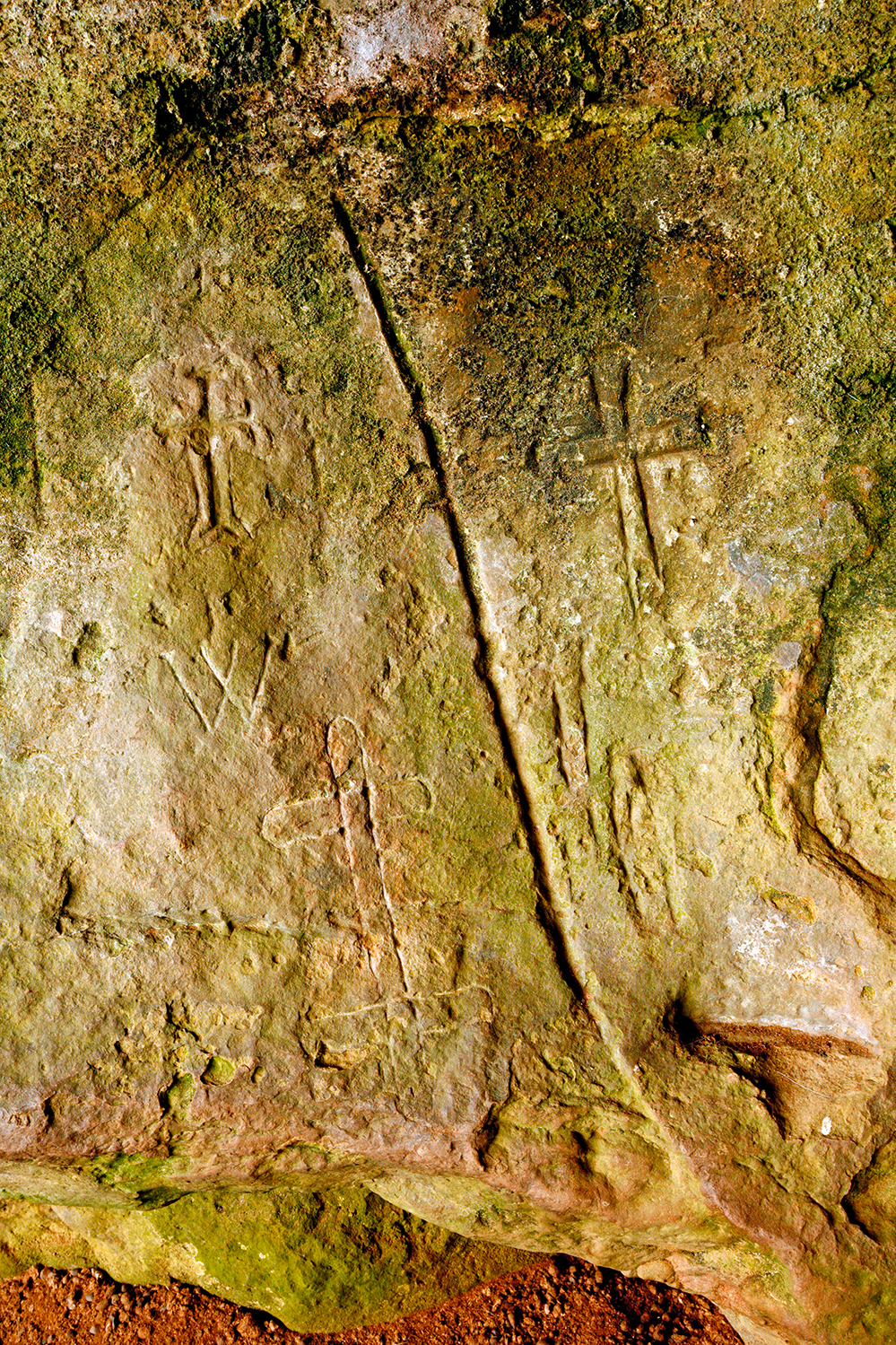
The list of mythical tales goes on and Mull is all the richer for them. It does make one wonder, upon catching the ferry back to the mainland and leaving the supernatural behind, what mystical tales we’ll leave for future generations. Or, like the blue-faced winter witch, has our belief in magic simply turned to dust?
The spookiest tales Mull has to tell
- Tragedy Rock in Gribun lies where a cottage once stood. It was home to a young couple, killed instantly on their wedding night when a storm dislodged the rock from the cliffs above them.
- Lachlan Maclean, a clan chief, planned to have his wife, Catherine, drowned after she tried to poison him. She was left on a rock out in the Sound of Mull, but was rescued by boat at the last moment.
- At Treshnish Point, island dwellers would pour porridge into the waves as an offering to the seagods, to keep the beaches’ precious seaweed plentiful and the waters stocked with fish.
- Nun’s Cave near Carsaig has symbols carved into its walls dating back to the 6th century and was named for the nuns who sheltered there, having been driven from Iona by reformers.
- Inside the secretive Whisky Cave at Treshnish, you can still see the remains of a very old, extremely productive moonshine distillery.
- At the Cnoc Fada standing stones near Dervaig village, visitors have encountered the ghost of a middle-aged man in a tweed jacket, sometimes crying, but occasionally angry.
Helen Fields’s latest book, ‘The Last Girl to Die’ (£7.99, Harper-Collins), is set on the Isle of Mull

-
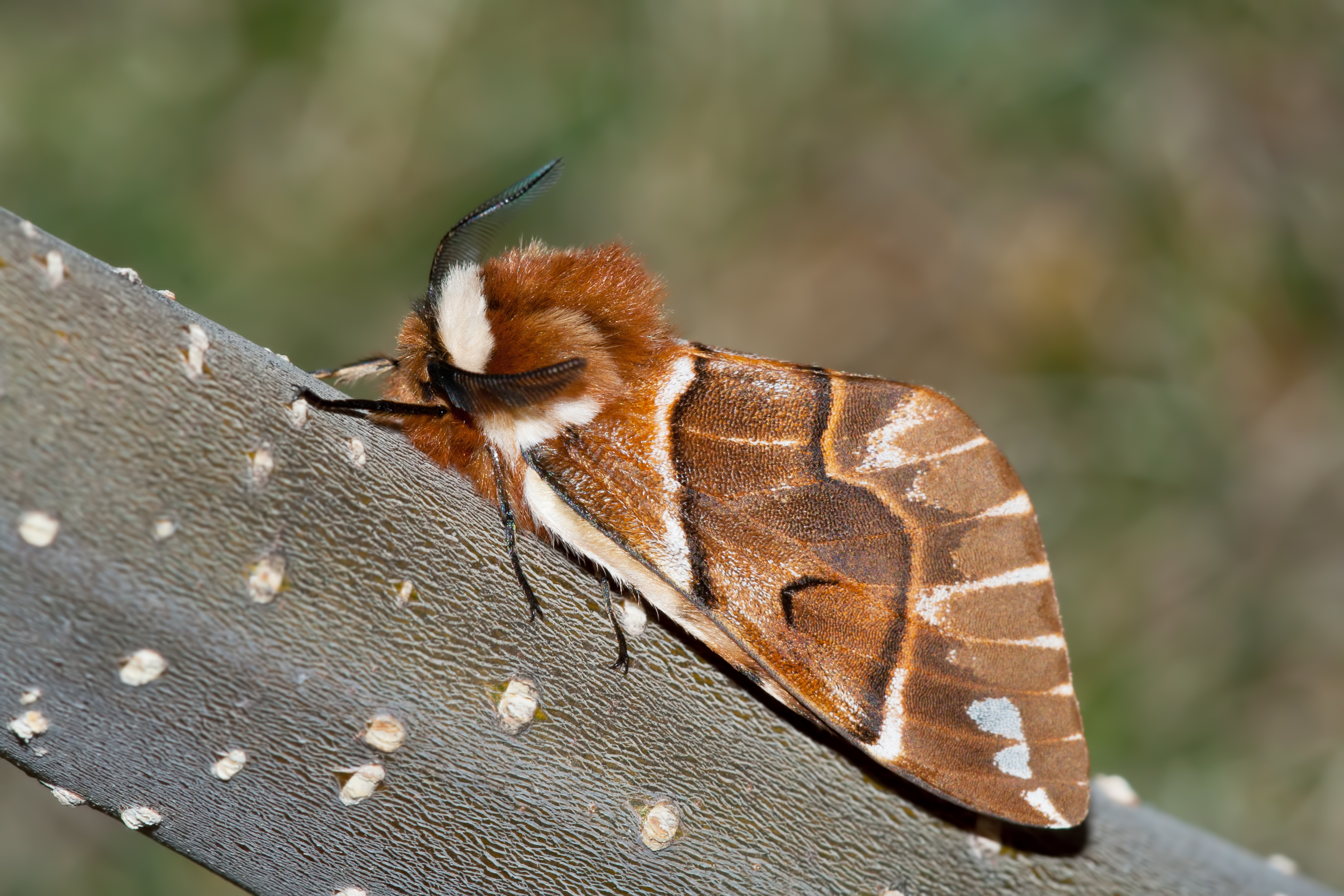 In all its glory: One of Britain’s most striking moth species could be making a comeback
In all its glory: One of Britain’s most striking moth species could be making a comebackThe Kentish glory moth has been absent from England and Wales for around 50 years.
By Jack Watkins
-
 Could Gruber's Antiques from Paddington 2 be your new Notting Hill home?
Could Gruber's Antiques from Paddington 2 be your new Notting Hill home?It was the home of Mr Gruber and his antiques in the film, but in the real world, Alice's Antiques could be yours.
By James Fisher